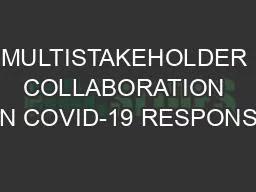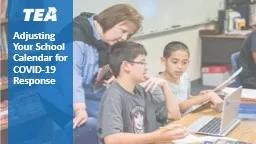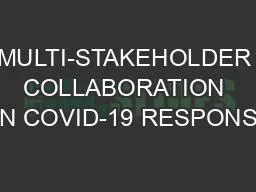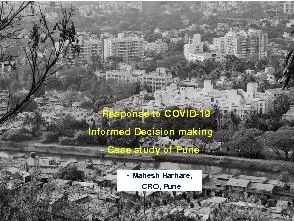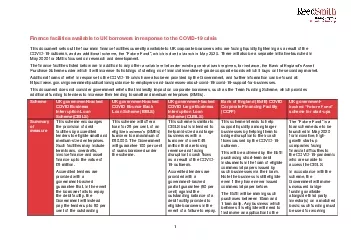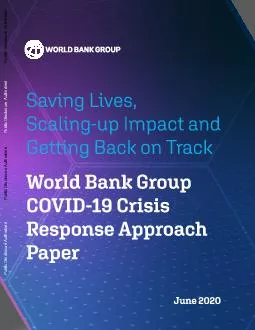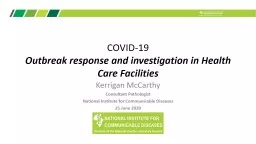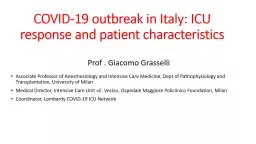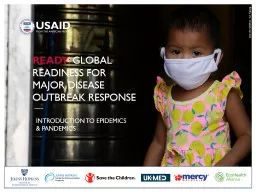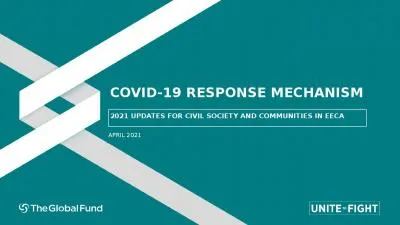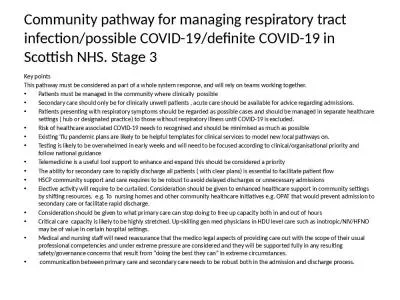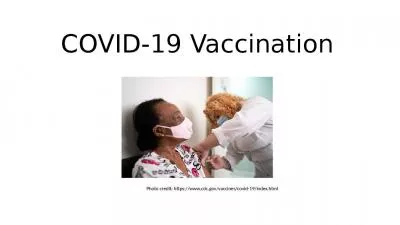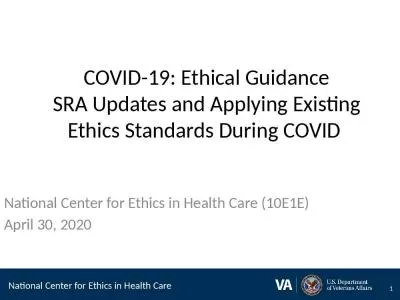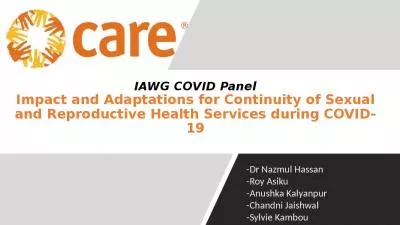PPT-MULTISTAKEHOLDER COLLABORATION ON COVID-19 RESPONSE
Author : nephewhers | Published Date : 2020-11-06
Report for the week of 6 10 July 2020 CONTENTS Update progress issues and recommended solutions National Clusters page 5 41 6 six active National Clusters updates
Presentation Embed Code
Download Presentation
Download Presentation The PPT/PDF document "MULTISTAKEHOLDER COLLABORATION ON COVID-..." is the property of its rightful owner. Permission is granted to download and print the materials on this website for personal, non-commercial use only, and to display it on your personal computer provided you do not modify the materials and that you retain all copyright notices contained in the materials. By downloading content from our website, you accept the terms of this agreement.
MULTISTAKEHOLDER COLLABORATION ON COVID-19 RESPONSE: Transcript
Download Rules Of Document
"MULTISTAKEHOLDER COLLABORATION ON COVID-19 RESPONSE"The content belongs to its owner. You may download and print it for personal use, without modification, and keep all copyright notices. By downloading, you agree to these terms.
Related Documents

